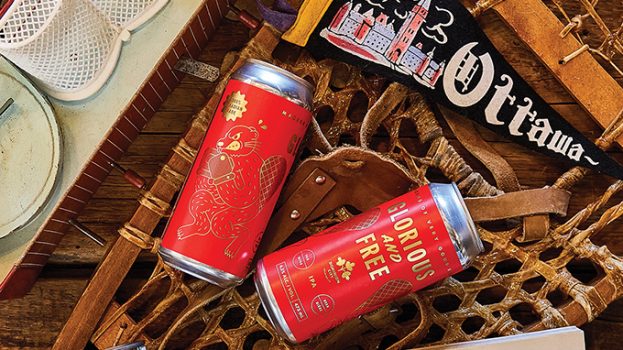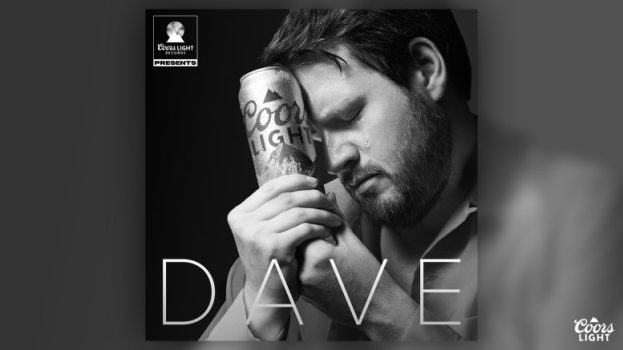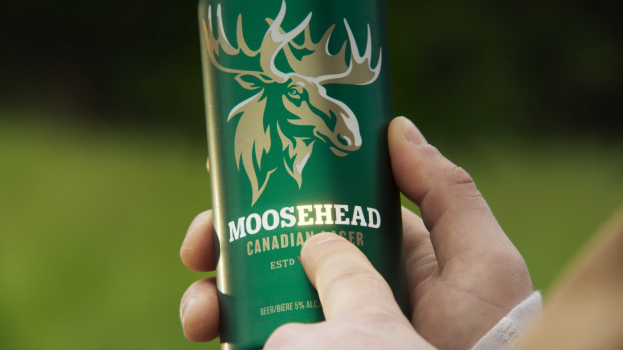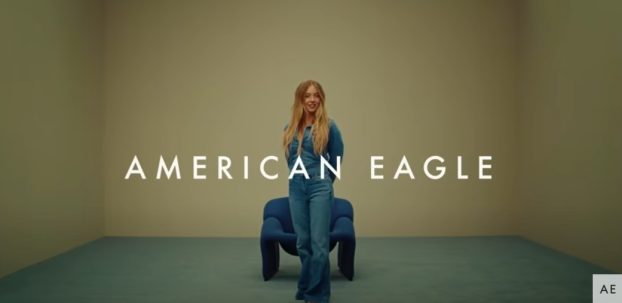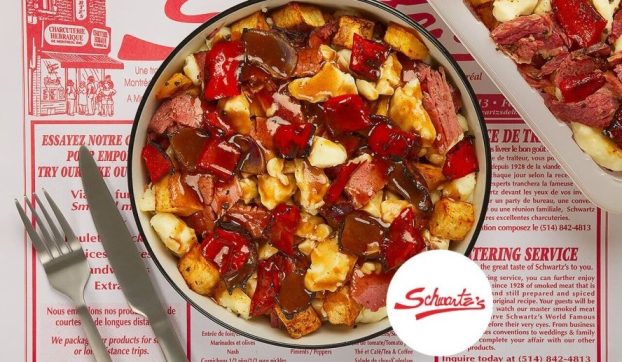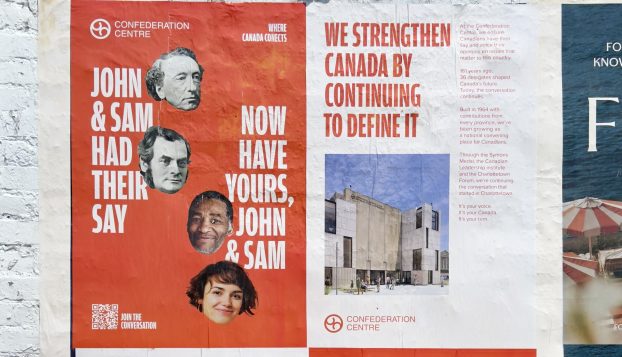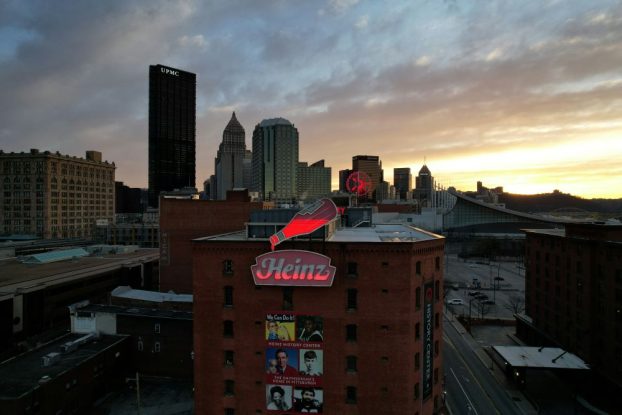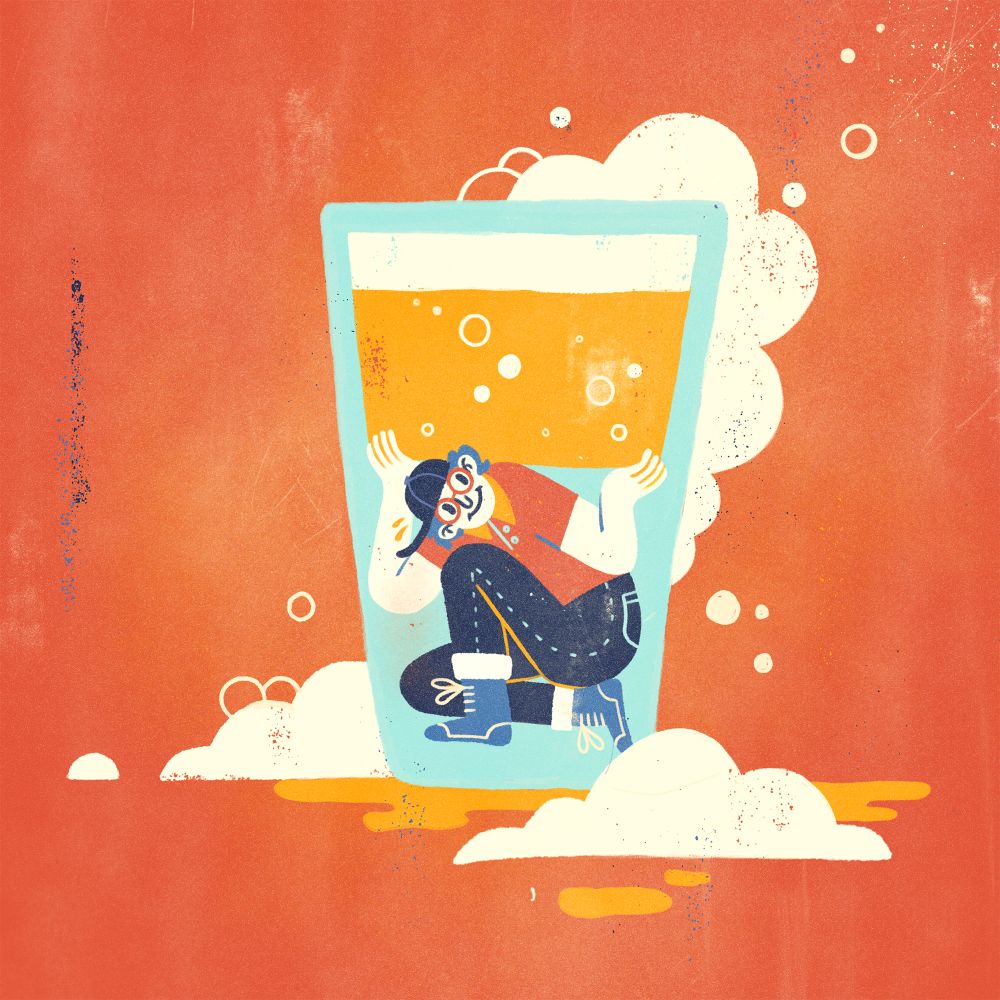
By Scott Messenger
Faced with rising costs and a decline in drinkers, Canada’s indie breweries are driving discovery through collabs, culture tapping and climate strategies. This story first appeared in the Summer 2025 issue of Strategy Magazine. You can read part 1 of the craft beer feature, which appeared in Monday’s newsletter, here.
Climate-conscious craft
Years ago, when married couple Alexis and Tim Esseltine [pictured right] first felt the pull of entrepreneurship, their need to “do what we were supposed to do as responsible parents” made them resist. In Toronto at the time, they’d just started a family. Tim had dreamed of opening a microbrewery in the subway system, but salaried desk jobs were far less risky. When COVID took those jobs away, that old feeling returned.
Tin Whistle Brewing – one of B.C.’s oldest craft breweries – was conveniently up for sale in Penticton. The Esseltines closed the deal in October 2020 and relocated with their now three children to the Okanagan Valley. There were other ways, they believed, that they could be responsible.
Today, Tin Whistle is B.C.’s first carbon-neutral brewery. It represents a dovetailing of the couple’s educations: Tim’s masters degree touched on brewery business strategies; while Alexis’s covered green businesses. They did a full energy and waste audit of the brewery, even spilling a dumpster across the floor to assess its contents. “There’s that old adage you can’t manage what you don’t measure,” says Alexis. From there, they made their plan to pursue zero-carbon status. Now, they don’t even own a garbage can. A few carbon credits purchased from B.C. initiatives is offsetting any overage Alexis is still working on.

From a profitability perspective, the effort makes sense. Measures to reduce input costs have comfortably widened margins – whether that’s heating brewing kettles for less time, or salvaging spent rice from a nearby sake maker for unique brews. It’s also been a marketing exercise, with the couple leveraging the story behind transforming a 30-year-old brewery into a model of sustainability for an energy- and resource-intensive industry.
“We’re really public about it,” says Alexis. “We don’t hide it.”
The company website, for example, openly tracks the progress of Tin Whistle’s green initiatives. And every can lid bears the words “carbon neutral,” literally getting up in consumers’ faces. Alexis doesn’t think they mind. She’s convinced post-COVID spenders are more mindful with their money. “We’re seeing that they really need to align their values with the products that they’re buying.”
What’s more, Tin Whistle drinkers are skewing young, a demographic that tends not to question things like climate change.
“[For] a lot of the younger generation, these values are ingrained,” says Alexis. “If you’re coming to the table with some good storytelling and legitimate claims, it’s really meaningful for that [age] set.” (Brewing award-winning beer doesn’t hurt, either – Tin Whistle earned three medals at the 2024 Canada Beer Cup.)
Between walking the walk and talking about it, Alexis feels the efforts are positioning the brewery for the future. “There’s a lot of good that can come from doing the right thing,” she says. “And it can mean a successful business at the end of the day, too.”
Beer makers curating culture
Music
A seasoned marketer before co-founding Toronto’s Henderson Brewing in 2013, Steve Himel knows that “people worship their brands with their wallets.” He knows that applies to their favourite bands, too.
Canadian prog-rockers Rush contacted Himel after Henderson crafted a beer inspired by lead singer and bassist Geddy Lee, asking to make a beer under the group’s name. A worshipper of the trio himself since his teenage years, Himel cautiously agreed. “We wouldn’t be involved if Rush were not involved.”
Himel wanted consumers – that is, fans – to know the band had a hand in making what’s now a series of beers, led by an ale made entirely of Canadian ingredients, that launched in 2021.

Rush beer exports to 30 countries, says Himel, and is licensed for production at a Scottish brewery for U.K. and European distribution. No other Henderson beer has seen such reach – and it’s also a taproom draw. Henderson’s annual “Rush Day” is a ticketed, revenue-generating affair featuring guest speakers, equipment and props from Rush tours, movies and more. The brewery expects up to 1,200 attendees this August.
Overall, Himel sees the project as a triple win. Despite no longer making music, Rush refreshes its brand through the beer and an accompanying line of branded merch. Fans reconnect with them in a fun, authentic way. And, says Himel, Henderson Brewing “gets to piggyback on one of the world’s greatest rock bands.”
Art
From the start, Collective Arts CEO Matt Johnston has thought of his brewery as “an art gallery.” Even before the Hamilton-based indie beer brand poured its first pint at Toronto’s boutique Gladstone Hotel in 2013, it’s been issuing global calls for artwork for its cans. In the first year, it received 800 submissions, accepting only 93.

One reason for the effort was surprisingly altruistic for a startup in a business with notoriously slim margins. Johnston and the team were worried that artists “get stuck in their own industry echo chamber,” he says. “So how do we help them break out of that?”
Another reason wasn’t altruistic, but whimsically practical. Collective Arts wanted packaging that reflected the quality of the contents, setting it apart on crowded liquor store shelves. “Craft beer is all about creativity on the inside – how do you apply that creativity on the outside?” says Johnston.
That question has since led to 40,000 submissions from global artists, with the work of 2,500 featured and more than $1 million paid for rights. Some creators are also showcased on the company’s website, a content hub that spotlights profiles of the artists and more art.
Johnston calls Collective Arts a “lifestyle” brand and has expanded production to include cider, spirits and ready-to-drink cocktails, as well as health-conscious non-alcoholic versions and energy and wellness drinks infused with herbs and vitamins. Today, Collective Arts is a $30-million operation – or, if you like, refrigerated art installation.
“We believe that a creative world is a better world,” says Johnston. “So how do we do our part to put some creativity into the everyday?”

